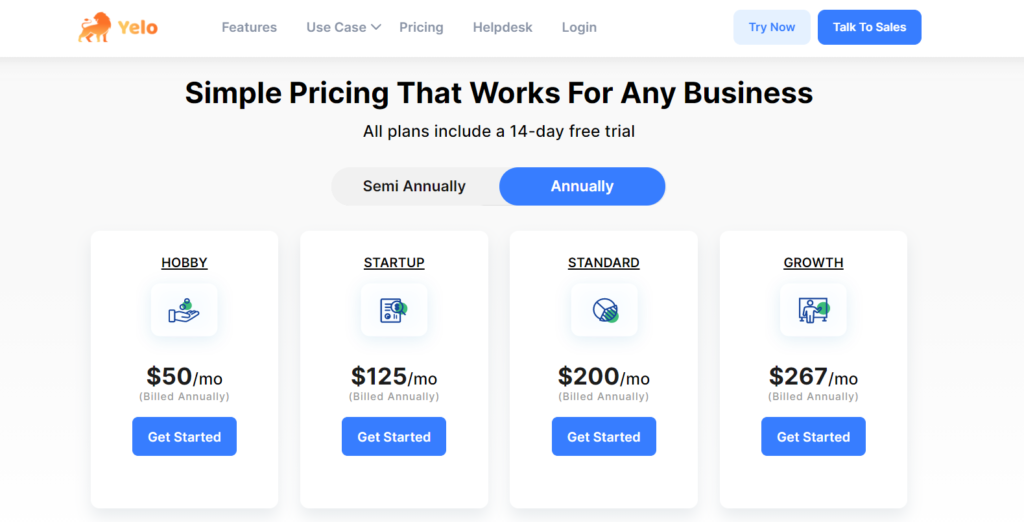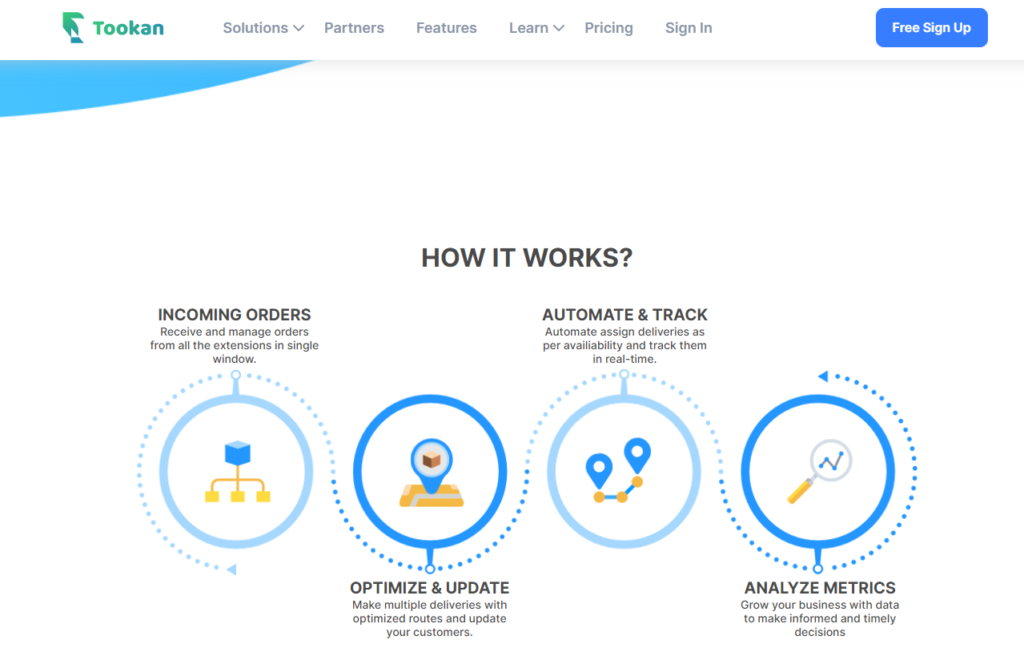
- Products
- Solutions
- Learn
- Partner
- Try Now
This pandemic has made us 5 years ahead of time when it comes to digital transformation. With more people turning to the internet in search of goods and services, online marketplaces are becoming increasingly popular as locations to purchase and sell whatever you want.
There are marketplaces for selling and exchanging items, renting, booking, and transportation services, as well as tenders, auctions, food delivery, logistics, education, and job search. And every now and again, new types appear. After all, given the profitability of the online marketplace industry, why not?
By the end of 2021, the number of digital buyers will have surpassed 2.14 billion, with worldwide e-commerce retail sales approaching $4.2 trillion. For some well-known commerce behemoths, online marketplaces account for more than 40% of product sales, while for some fairly new businesses, they account for 100% of revenues, occasionally exceeding a billion dollars.
The multiple benefits that online marketplaces provide for all parties involved: customers, sellers, operators, and integrations such as logistic businesses, account for most of their appeal.
So, if you are looking to establish an online marketplace or digitising your business, this article explains the major factors that should be considered while calculating the cost of maintaining an online marketplace. But before that, we shall know why we need that.
Why shall we calculate the cost of maintaining an online marketplace?
- Gives us an estimate of overall expenses
- Helps optimize the financial budget
- Helps in proper allocation of funds as required to different divisions of your online functions
The 5 factors that contribute the highest importance when it comes to calculating the cost of maintaining an online marketplace
1. Subscription Cost
2. Management Cost
3. Customer/Merchant Acquisition cost
4. Strategic Partnerships
5. Delivery Management Platform Integration related costs
Subscription Cost
A subscription-based pricing model is a payment system that enables a consumer or organization to buy or subscribe to a vendor’s SaaS services for a defined price for a specified period of time. Subscribers usually pay on a monthly or annual basis for the services.
The usage of subscription-based pricing for establishing your white-label online marketplace is becoming more common. Customers who use a subscription-based approach often pay upfront before getting access to SaaS services. Prices are frequently determined by the length of the subscription, with a longer subscription resulting in a reduced cost.
Jungleworks provides you with the most advanced and cost-effective commerce cloud platform, Yelo, to reduce the cost of maintaining an online marketplace.
With Yelo you can create a hyperlocal marketplace in just a few minutes, with no hidden surcharges or fees, the price you see is the price you pay!
Yelo pricing starts at $39.00 per user, per month. There is a free version. See additional pricing details below.
Management Cost
Management of the online marketplace refers to handling the daily activities and functioning on & behind the admin dashboard. Regularly updating and maintaining your site is crucial to ensuring that your site is running at full capacity.
Just like anything else, websites require maintenance to operate properly. Properly maintaining your site helps to ensure site security, increase the number of new visitors, boost returning traffic, and more. And especially when you are an online marketplace and scaling your business, it becomes important to keenly assist and maintain your merchant and customer flock on your website. So there lie various aspects that you need to consider while you concern to measure this cost head i.e.
- Managing Changing Audience Expectations
- Adjusting for Changing Value Propositions
- Technical Changes to Keep Your Website Running
- The Dangers of Website Downtime
To make these deeds work efficiently, you may need to hire a team of technical as well as non-technical managers in accordance with your geographic and division needs. And, that becomes a major part of this cost head.
Customer/Merchant Acquisition Cost (CAC)
Customer acquisition cost (CAC) is a measure that has become more popular as more Internet enterprises and trackable web-based advertising campaigns have emerged.
Previously, a business had to engage in ATL/BTL advertising and devise means to track customers as they made decisions.
Many web-based businesses can now run highly targeted marketing and track people as they advance from potential customers to long-term customers. Both corporations and investors employ the CAC indicator in this context.
The cost of persuading a potential consumer to acquire a product or service is known as CAC.
And in the case of maintaining an online marketplace, the customer may be referred to as the merchants that have to be added to the platform on commission or any other basis.
The major heads under these costs are
- Advertising/Promotion costs
- Cost of your marketing/sales team
- Creative costs
- Technical costs
And, how to calculate CAC
The CAC can be calculated by simply dividing all the costs spent on acquiring more customers (marketing expenses) by the number of customers acquired in the period the money was spent.
Its basic formula is as follows:
CAC = (Sales + Marketing Costs) / New Customers Acquired
The CAC is primarily determined by two factors in most B2B SaaS enterprises. The first is the marketing cost, or the cost of generating a lead, in this case, merchant. Second, there’s the sales expense or the cost of converting that lead into a customer.
Allow me to give you an example.
Let’s say you spent $300 on marketing and $400 on sales in a given month. If you closed 7 new clients in the same month, your CAC for the month will be:
($300 + $400)/7 = $100 in customer acquisition costs.
Strategic Partnerships
A strategic partner is another business entity with which you form an agreement to share resources with the mission of growth and mutual success. There are different types of strategic partnerships.
a) Horizontal Partnership: Businesses within the same field join alliances to improve their market position. Example: Facebook and Instagram.
b) Vertical Partnership: Businesses team up with companies within the same supply chain (suppliers, distributors and retailers), often to stabilize supply chains and increase sales.
A partnership may be a wise business option these days when competition is severe and you can’t afford to compete solely on price. Every day, when Company A has something valuable to give Company B, both businesses gain and flourish as a result of the cooperation.
It’s a lot easier to take advantage of an existing brand’s current goodwill and industry-leading name recognition than it is to try to open your store from scratch. This is why many publishers and online businesses use Amazon and Google Shopping as secondary sales channels for their products. Why compete when you can collaborate? Big name Internet brands have significantly greater reach and exposure.
And to make these strategic alliances you have to leverage the expenses adding one more end to your cost in maintaining an online marketplace.
Delivery Management Platform Integration Related Costs
When you own an online marketplace, it becomes necessary to have a dedicated delivery management platform to regulate the ease of end to end delivery process. Under this the company have two options, i.e.
1. To hire an external third-party delivery management agency, that manages all the order deliveries with specific cost plans
2. Or to integrate a combined delivery management platform with your online marketplace and handle it as a captive.
For example, we at jungleworks provide you with a very efficient and cost-effective delivery management platform, Tookan as an integration service with your white label online marketplace created via Yelo. This gives you a 100% authorization to manage the end to end delivery of your orders with the most effective and nominal cost structure.
This is how tookan works with your online marketplace.
Companies often calculate the cost of establishing an online marketplace and overlook the cost of maintaining the online marketplace. But, for an efficient division of budget to run your website, it becomes very prudent to understand these factors carefully.
Eager to start your own online marketplace. Click here to sign up for Yelo’s 14 days free trial.
For more blogs and information, follow us at Jungleworks Resources
Subscribe to stay ahead with the latest updates and entrepreneurial insights!

Subscribe to our newsletter
Get access to the latest industry & product insights.

























